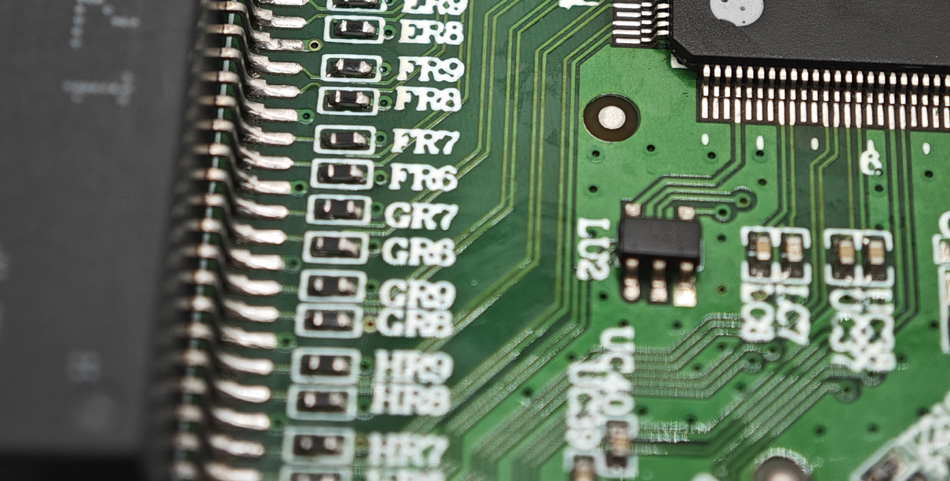- English
- Español
- Português
- русский
- Français
- 日本語
- Deutsch
- tiếng Việt
- Italiano
- Nederlands
- ภาษาไทย
- Polski
- 한국어
- Svenska
- magyar
- Malay
- বাংলা ভাষার
- Dansk
- Suomi
- हिन्दी
- Pilipino
- Türkçe
- Gaeilge
- العربية
- Indonesia
- Norsk
- تمل
- český
- ελληνικά
- український
- Javanese
- فارسی
- தமிழ்
- తెలుగు
- नेपाली
- Burmese
- български
- ລາວ
- Latine
- Қазақша
- Euskal
- Azərbaycan
- Slovenský jazyk
- Македонски
- Lietuvos
- Eesti Keel
- Română
- Slovenski
- मराठी
- Srpski језик
Reliability testing and life evaluation in PCBA assembly
2024-04-06
In PCBA assembly, reliability testing and life evaluation are key steps, aiming to ensure that electronic equipment can operate stably and have a reasonable service life under different conditions. The following are key aspects regarding reliability testing and life assessment:

1. Reliability Test:
Environmental testing: Place PCBA under different environmental conditions, such as high temperature, low temperature, high humidity, low humidity, etc., to evaluate its performance under different environmental conditions.
Vibration and shock testing: Simulate the vibration and shock that the device may suffer during transportation and use to detect whether components on the PCBA are damaged.
EMI/EMC testing: Conduct electromagnetic interference (EMI) and electromagnetic compatibility (EMC) testing to ensure that the PCBA does not generate or receive unnecessary electromagnetic interference.
Electrical testing: Conduct electrical performance testing on electronic components on PCBA, including voltage, current, resistance and signal integrity testing to ensure normal operation of the circuit.
Accelerated life testing: Using conditions such as high temperature, high humidity, and high voltage to accelerate the aging of components on PCBA to evaluate their lifespan and reliability.
Temperature cycle test: simulate the cyclic operation of the device at different temperatures to evaluate the impact of PCBA's thermal expansion and cold contraction on its performance.
2. Life span assessment:
Reliability modeling: Use reliability modeling methods to predict the life of each component on the PCBA, taking into account the component's usage conditions, environmental factors and stress.
Failure Mode Analysis: Conduct a Failure Mode and Effects Analysis (FMEA) to identify potential component failure modes and possibilities.
Life testing: Long-term life testing is performed in a laboratory environment to determine the actual life and performance degradation of PCBA.
Repairability Assessment: Evaluate whether the components on the PCBA are easy to replace and repair to determine the cost and difficulty of repair and maintenance.
3. Reliability improvements:
Design optimization: Based on the results of reliability testing and life evaluation, the design of PCBA is optimized, including component selection, layout and heat dissipation design.
Material and process selection: Choose high-quality materials and manufacturing processes to improve PCBA reliability.
Troubleshooting and Improvement: Troubleshoot based on issues found during reliability testing and take steps to improve PCBA performance.
Quality Control: Strict quality control measures are implemented to ensure the consistency and reliability of PCBA during production.
Reliability testing and life assessment are key steps in PCBA assembly, helping to identify potential problems, improve product reliability and performance, and ensure that equipment can operate stably under various conditions. These tests and evaluations should be closely integrated with the PCBA design and manufacturing process to ensure that product quality and reliability are fully considered.
-
Delivery Service






-
Payment Options









